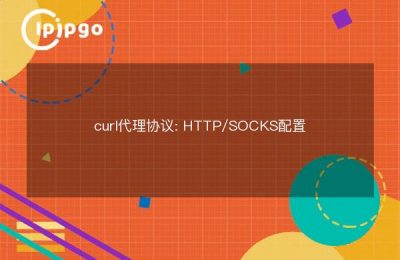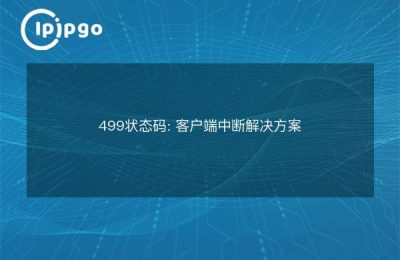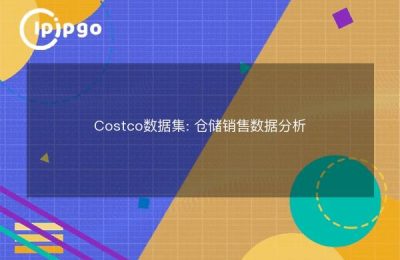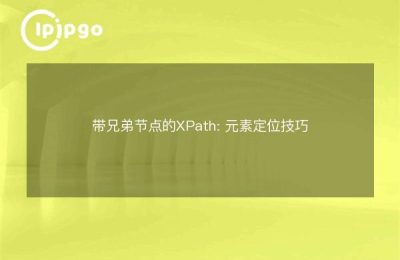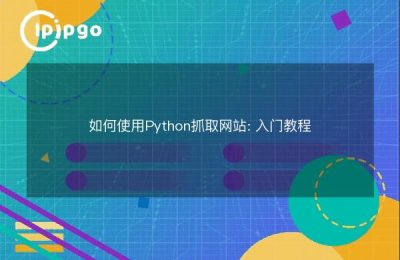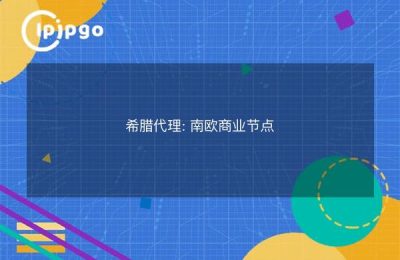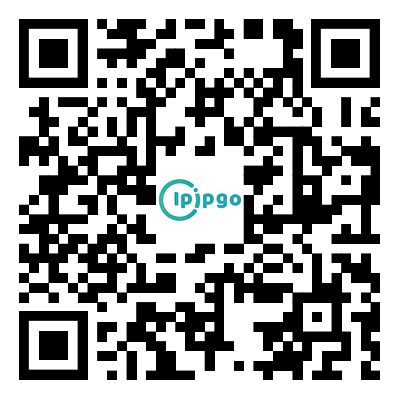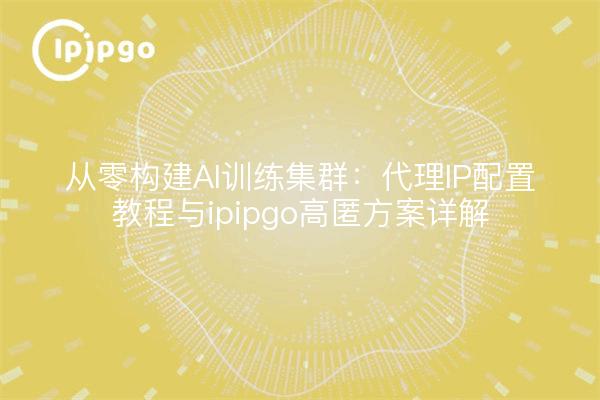
First, why does AI training need a proxy IP?
Friends doing AI model training have encountered this situation: frequent triggering of anti-climbing mechanism when crawling public data, multi-node distributed tasks are restricted access to the target site, or even because of IP exposure leading to server attacks. At this timeproxy IPIt's like putting a "cloak of invisibility" on your training cluster - rotating real residential IPs in different parts of the world to protect real server addresses and simulate real user behavior.
Take image recognition model training as an example, when it is necessary to collect training materials from multiple public galleries, fixed IPs are easily recognized as crawlers. Using ipipgo's dynamic residential IP pool, each request automatically switches the export IPs of different countries/regions, increasing the success rate by more than 60%.
Second, what pitfalls to avoid when choosing a proxy IP?
With the mixed bag of agency services on the market, these three indicators must be focused on:
| norm | Poor service performance | ipipgo program |
|---|---|---|
| anonymity | Request headers carry the X-Forwarded-For field | High stash proxies that completely hide the user's real IP |
| IP purity | Data center IPs are heavily blocked | 90 million+ real family home IPs |
| Protocol Support | HTTP protocol only | Full protocol support (HTTP/HTTPS/SOCKS5) |
Third, the hand to configure ipipgo agent
Step 1: Create a Tunnel Agent
Log in to the ipipgo console and select "Dynamic Residential IP" - "Create Tunnel". It is recommended to enableAutomatic IP switchingFunctionality to set the exit IP to change every 5 minutes (can be adjusted according to business needs).
Step 2: Cluster Node Configuration
Add the proxy configuration (in Python, for example) to the environment variables of the training server:
import os
os.environ['http_proxy'] = 'http://用户名:密码@gateway.ipipgo.com:端口'
os.environ['https_proxy'] = 'http://用户名:密码@gateway.ipipgo.com:端口'
Step 3: IP Whitelist Settings
Add the public IP of the training server to the ipipgo backend whitelist to avoid frequent account verification affecting task execution.
IV. Practical tips for high anonymity programs
Optimal concealment can be achieved by combining the three functions of ipipgo:
- Geographical randomization: make German node requests from Brazilian IPs when crawling multilingual data
- protocol obfuscation: Use HTTPS proxy for API interfaces and SOCKS5 channel for file downloads.
- traffic diversion: Allocate 10% traffic to long-term stable static IPs for core API calls
V. Frequently asked questions
Q: Dynamic or static IP for AI training?
A: Recommendedhybrid model- - Crawler tasks with dynamic IP to prevent blocking, model inference API calls with static IP to ensure stability. ipipgo supports two kinds of IP switching at any time.
Q: What if the proxy IP affects the training speed?
A: Choose ipipgo'sDedicated Channel ServiceThe transmission speed is guaranteed by the exclusive bandwidth. The actual test in the 100MB/s model file download scenario, the delay only increases 15-20ms.
Q: How can I verify if the agent is in effect?
A: Execute curl ipinfo.io on the server and observe if the returned IP belongings change. It is recommended to use the ipinfo.io provided by ipipgoIP Detection Tool, which can verify both anonymity and protocol support.
VI. Special recommendations for developers
In Kubernetes cluster deployment scenarios, it is recommended to inject proxy configuration in each Pod. Use ipipgo'sAPI Dynamic Authenticationfunction to automatically get the proxy address via access_token to avoid hardcoding the authentication information in the configuration file.
Don't rush to change the code when you encounter sudden IP blocking. First log into the ipipgo console to turn onEmergency protection modeThe system automatically switches to a higher anonymized IP pool and enables the TCP obfuscation protocol to resume data collection in as little as 5 minutes.

